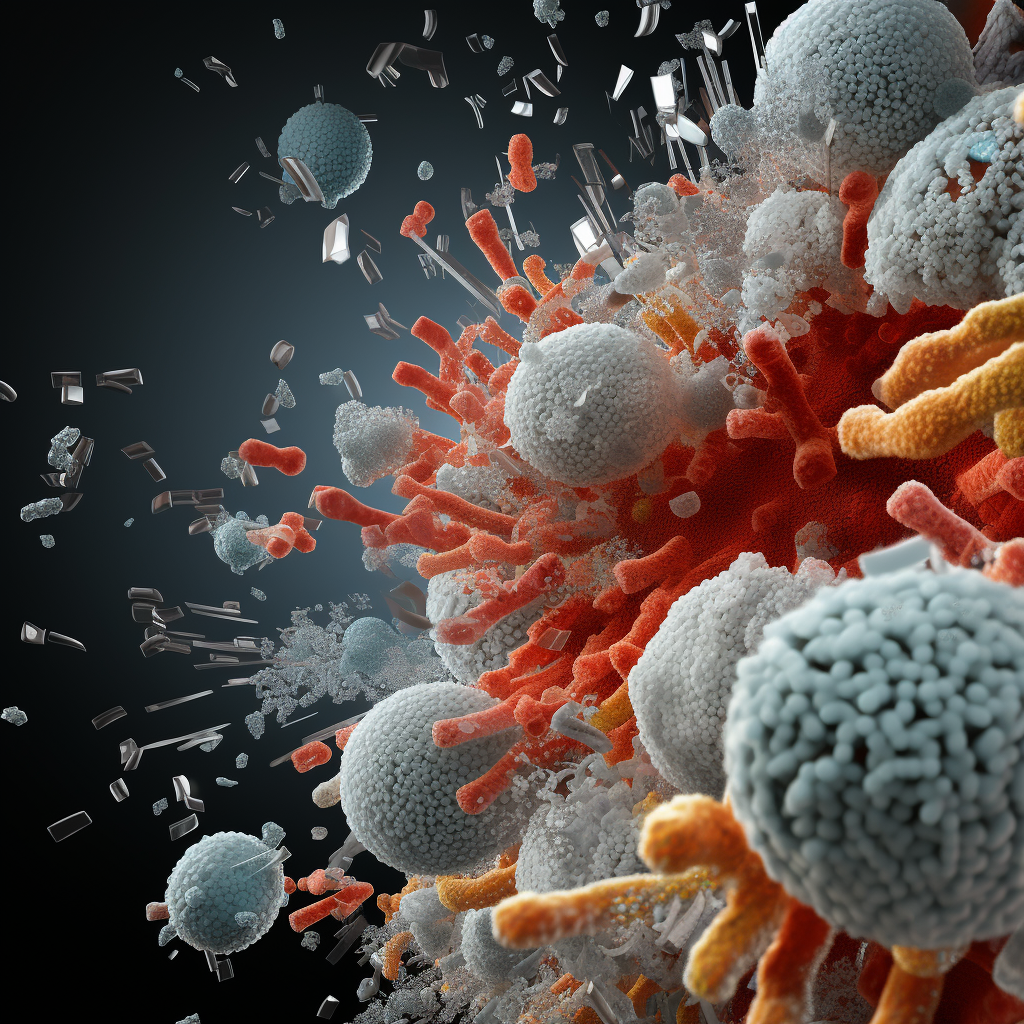-

Adoption of Antimicrobial Coating In The Hospitality Industry
-

Antimicrobial Coated Mattress For A Safe Night's Sleep
-

A safe way to improving indoor air quality and prevent mould at home.
-

Antimicrobial Coatings on Mattresses
-

Antimicrobial Coatings: A Revolution in Home and Commercial Space Hygiene
What Is Honey Process Coffee?
- 4 min reading time
The Sweet Taste of Innovation: Unveiling the Honey Process in Coffee Production
Introduction
Honey processed coffee has been making a buzz in the coffee industry. Combining elements of both washed and natural processing, honey processing delivers a unique and enhanced flavor profile, increasing its popularity among coffee enthusiasts worldwide12. Despite its name, honey processing doesn't involve actual honey. Instead, it refers to the sticky, honey-like mucilage left on the beans during processing23.
The Honey Processing Steps
Harvesting and Sorting
The first step in any coffee production process is harvesting. The coffee cherries are handpicked, ensuring only ripe ones are selected for processing4. They are then sorted to remove any defective or underripe cherries5.
Depulping
Depulping involves removing the skin and pulp of the coffee cherry, leaving behind the seeds (beans) and a layer of mucilage2. This is a delicate process where the amount of mucilage left on the beans can be controlled, leading to different variations of honey processing2. The presence of the mucilage gives the beans a sticky texture, which is the reason why this process is referred to as "honey" processing36.
Drying
After depulping, the beans are dried without washing14. They are spread out in the sun, often on brick patios or raised beds, and are turned regularly for an even drying process17. The mucilage left on the beans ferments and dries around them, a crucial step that significantly contributes to the flavor profile of honey processed coffee3.
The drying process can last from 10-15 days1. The level of drying and the time it takes can vary, resulting in different "shades" of honey processing, namely white, yellow, red, and black honey, each with distinct flavor characteristics6.
Roasting
Honey processed coffees require a specific roasting approach, different from the one used for wet processed coffees8. The presence of mucilage necessitates careful control of the roast to prevent burning while ensuring the desirable flavors are accentuated8.
The Result: Honey Processed Coffee
The outcome of honey processing is a coffee with characteristics of high-end washed coffee, such as cleanliness and balance, and the sweetness of naturally processed coffee1. The remaining mucilage imparts a unique taste to the beans, enhancing sweetness and fruity flavors while reducing acidity36.
Conclusion
Understanding the honey processing method allows consumers to anticipate the unique flavor profile of the coffee and choose beans that align with their preferences5. More than a method to produce coffee, honey processing represents the industry's continual innovation. Its environmental sustainability, considering it uses less water compared to other processes46, coupled with its distinct flavor profile, showcases its potential to revolutionize coffee production globally.
References
Footnotes
-
What is Honey Processed Coffee? - Craft Coffee Guru ↩ ↩2 ↩3 ↩4 ↩5
-
Understanding the Process—Part Three: Honey Process ↩ ↩2 ↩3 ↩4
-
Honey Processed Coffee – the Art of Controlling Coffee Mucilage Layer ↩ ↩2 ↩3 ↩4
-
Coffee Bean Processing: The Honey Methods - JavaPresse Coffee Company ↩ ↩2
-
What Is Honey Processed Coffee? | The Specialty Coffee Beans ↩ ↩2 ↩3 ↩4
-

Best Fabric Refresher 2023
-

Looking for the Best Cleaning Services in Singapore?
-

Benefits Of Essential oil Based floor cleaners - Eucalyptus, Clove and Tea Tree
-

Top ten cleaning services in Singapore?









